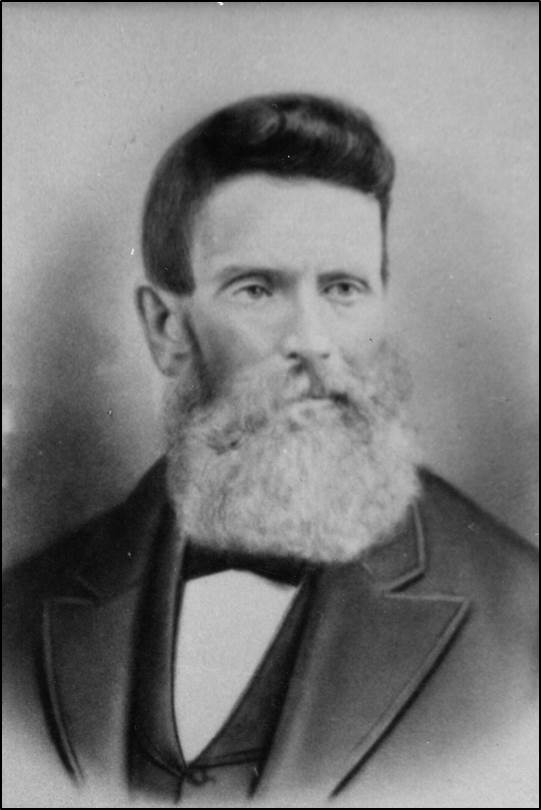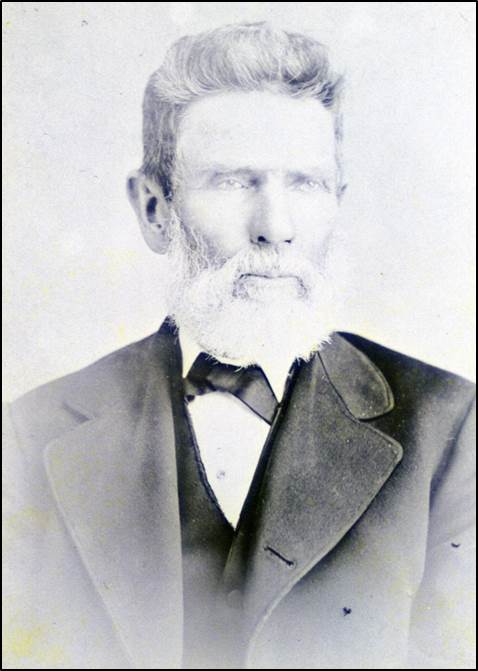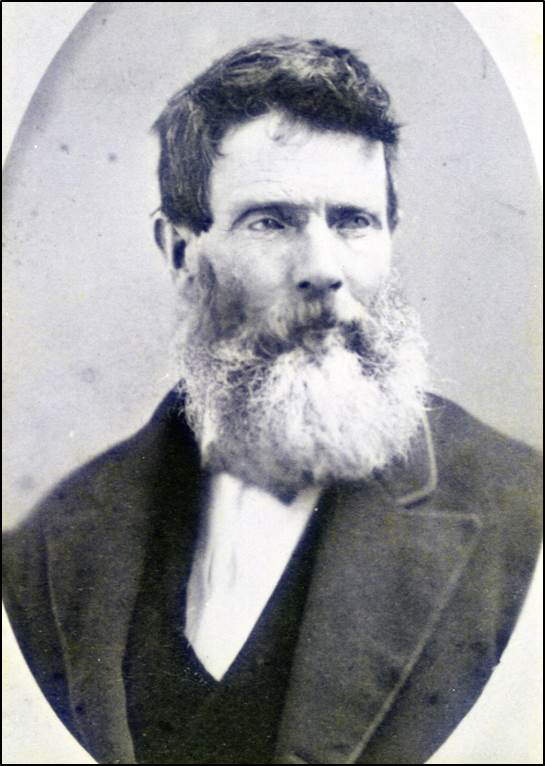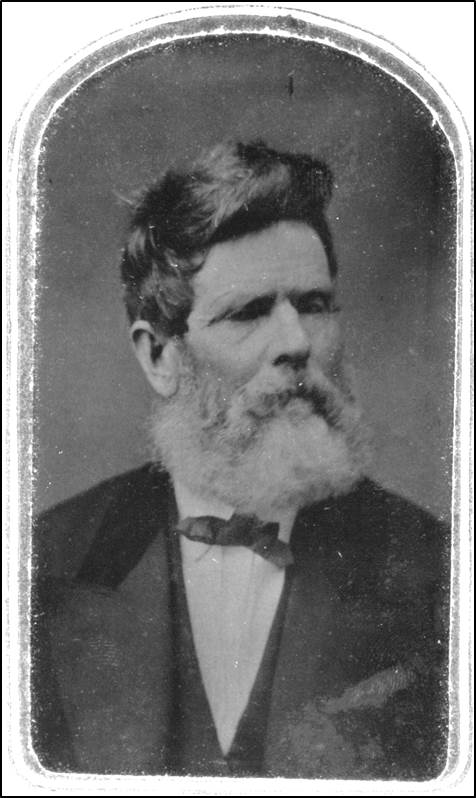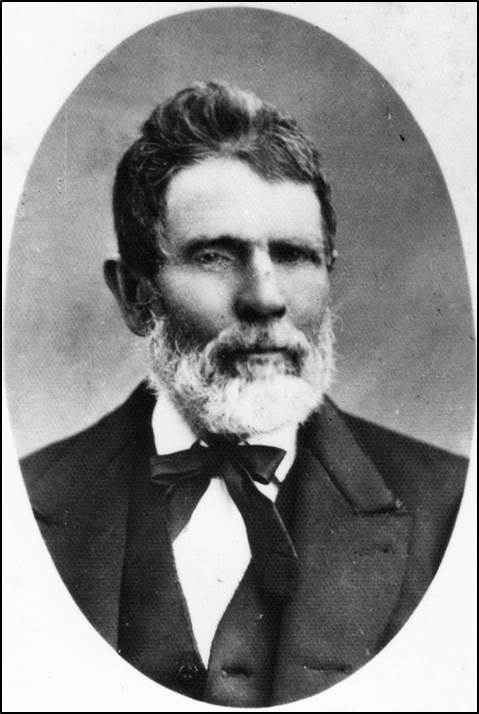I was recently “working” a family, trying to identify descendants of Jacob F. and Catherine (Myers) Robbins. I’m related to both, being a Robbins and a Myers. Another descendant of Jacob, Mary Kate Horner of Kokomo, Indiana, was a great help to me when I first started doing genealogy forty years ago. She and Margaret Davis of Yakima, Washington, collaborated for many years on the Robbins family history. At about the time they “retired” from active research, I was starting up and they gave me a copy of all of their research. Included in this was what information they had on descendants of Jacob and Catherine.
The third child of that couple was Allen Robbins, and his family was one that Mary Kate and Margaret didn’t have a lot of information about. With today’s Internet resources I was able to find a great deal in the past several weeks, including the fact that Allen and some of his family moved to Missouri from Decatur County, Indiana. Some of the children remained in Indiana, some lived in Missouri, some lived in Kansas, and some who had moved away, moved back to Decatur County. What was going on with this family? Finding an obituary for Herbert Robbins, a son of Allen, added another dimension to the sad dynamics of this family group.
Allen Robbins was born in 1841 in Decatur County, Indiana. A record exists of his marriage to Elizabeth Taylor in 1867. We know from the 1900 and 1910 census, that Allen was married to an Alice, and the death record of daughter Kathryn provides her maiden name, LeVaugh, which matches with fragmentary family oral history. Allen and Elizabeth had six children, Anna, Frank, Charles, Martha, Maude, and Herbert. With Alice, Allen had three more children: Ernest, Ida, and Kathryn.
At least Charles, Martha (married to Thornton Nuzum), and Maude (married to Elmer Scripture), lived in Decatur County, Indiana. The other children either lived elsewhere or their final whereabouts are unknown. But we do know where Herbert Robbins ended up.

“Unrequited Love Caused His Suicide”, Topeka Daily Capital (Topeka, Kansas), Wed., 7 Aug. 1901, p. 1.
On Monday, August 5th, 1901, Herbert Robbins, checked into the Hamilton Hotel in Wichita, Kansas, under an assumed name. Sometime around midnight, the porter heard a noise coming from Robbins room, and entered the room through the transom. He found Robbins groaning in his bed after apparently ingesting laudanum or carbolic acid (reports varied). A local physician was called and began to treat Robbins, but he died at about 1:30 am. The local newspaper, the Wichita Daily Eagle, as well as other newspapers in Kansas and Indiana, reported the suicide of this young man, with the full story slow in coming.
According to the news reports, Herbert came from a very poor family, was “orphaned” at an early age, and was raised in the orphan’s home in Greensburg, Indiana. He later went to live with a wealthy banker, William Kennedy, in nearby Hope, Indiana, who paid for Herbert to go to college in Franklin, Indiana. Since his father was alive for several more decades, you must wonder if perhaps Herbert’s mother died at the time of his birth and possibly Allen farmed several of his children out as he was unable to care for them. Herbert remained in Indiana until just a few months before his death. Father Allen Robbins, stepmother Alice, and some of his siblings were living in Missouri by then.
Herbert left Indiana and appeared in Topeka, Kansas (did he visit his father Allen in Kansas City, Missouri en route?) where he attempted suicide while staying at the National Hotel. Guests of the hotel complained about smelling gas and when investigated, it was discovered coming from Herbert’s room. This occurred several times. The proprietress took a motherly interest in the young man and found him room and board with a Dr. Hamilton. Soon after Herbert went to work for a local undertaker, Mr. Palmer, who was pleased with his work and believed that Herbert was going to go into that profession. Then he vanished without a word to anyone until he was reported dead in Wichita.
He had made efforts to hide his identity, but a letter of recommendation from William Kennedy back in Indiana was found that led to his identification. He did leave a note that his body should be held until the arrival of Elmer Scripture (his brother-in-law) from Westport, Indiana. There is no evidence that Scripture arrived or that he was even able to make the trip.
Further news stories report that Herbert’s suicide was the result of “unrequited love.” Apparently while in Topeka he wrote letters and sent telegrams to a young woman in Indiana. A letter found there from a woman named “Edith” said she could not have anything more to do with him, and when he telegraphed her, asking if her refusal was final, she said it was.
Another story reported that his father in Kansas City called and was satisfied that the dead man was his son Herbert. A follow up story discounts that the caller was the father, saying that he had no father. However, Allen Robbins was living in Kansas City in 1900 and it’s not unreasonable to assume he did make the call, but for whatever reason he didn’t follow up. Another aspect of this family’s dysfunction? As mentioned above, it is not known what happened to Herbert’s body. Was he returned to Indiana via Elmer Scripture? Was he buried at public expense in Wichita?

“Are Very Curious,” Wichita Daily Eagle (Wichita, Kansas), Sat., 10 Aug. 1901, p. 5.
One final and gruesome story was reported in the Wichita newspaper. The people of that town turned out in great numbers to visit the undertakers to take a look at Herbert Robbins’ body. When asked why, they said they’d “never seen a man who killed himself and want to see how he looks. Then there are others who want to see him because they think that the poison must have turned his skin blue or red or black or some other color and are greatly surprised when they find the man’s skin about the same color as any dead person.”
(Jacob Robbins-William Robbins-Marmaduke Robbins-Jacob F. Robbins-Allen Robbins-Herbert Robbins)

